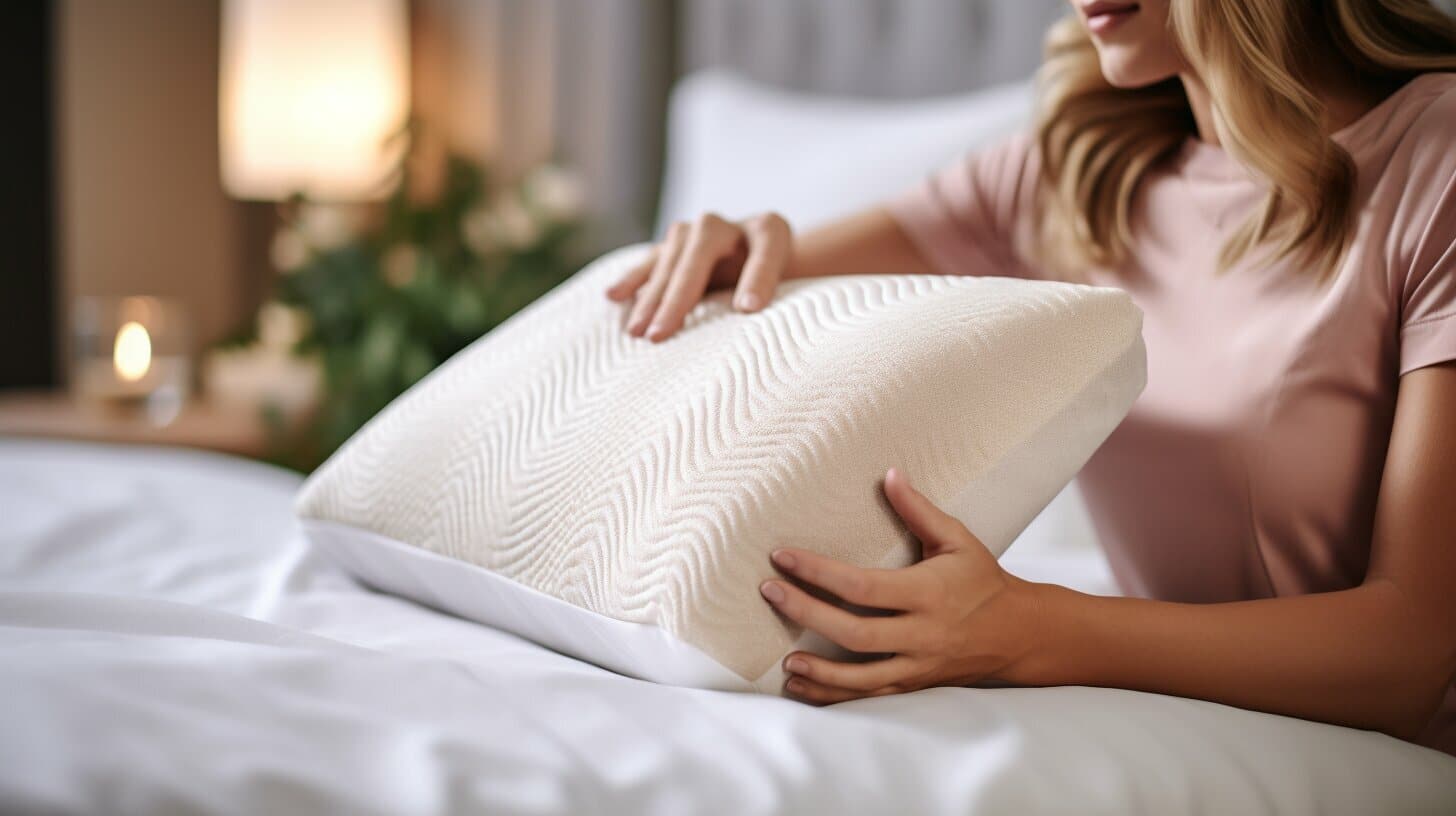

Articles
How To Soften Pillows
Modified: January 18, 2024
Learn the best articles and techniques on how to soften pillows for ultimate comfort. Discover easy ways to revitalize your pillows and enhance your sleep experience.
(Many of the links in this article redirect to a specific reviewed product. Your purchase of these products through affiliate links helps to generate commission for Storables.com, at no extra cost. Learn more)
Introduction
Welcome to our guide on how to soften pillows! Pillows play a crucial role in providing us with comfort and support during sleep, but over time, they can become firm, lumpy, and lose their original softness. If you’ve noticed that your pillows are no longer as plush and cozy as they once were, fear not! There are several simple and effective methods to revive and soften your pillows, ensuring a restful night’s sleep.
Soft pillows are essential for maintaining proper spinal alignment and relieving pressure points while sleeping. They help prevent neck and shoulder pain, ensuring that you wake up refreshed and ready to take on the day. By rejuvenating your pillows, you’ll not only enhance your sleep quality but also extend the lifespan of your beloved pillows.
In this article, we will explore different pillow fillings and their characteristics, identify signs that indicate your pillows need softening, and share various methods to restore their softness. From fluffing and separating the fibers to using fabric softeners, dryer sheets, and pillow protectors, we will cover a range of techniques to help you enjoy the luxurious feel of your pillows once again.
So, let’s dive in and discover the secrets to softening pillows. Say goodbye to stiff and uncomfortable pillows, and hello to a blissful night’s sleep!
Key Takeaways:
- Soft pillows are crucial for comfort, sleep quality, and longevity. Methods like fluffing, using fabric softeners, and professional services can restore plushness and enhance sleep experience.
- Understanding pillow fillings, recognizing signs of wear, and utilizing various softening methods can help maintain pillow comfort, support, and hygiene. Regular care and replacement ensure a restful night’s sleep.
Read more: How To Soften A Hard Memory Foam Pillow
Why Softening Pillows is Important
Softening pillows is not just a matter of personal preference; it is a crucial aspect of ensuring the optimum comfort and support necessary for a good night’s sleep. Here are some reasons why softening pillows is important:
- Enhanced Comfort: Soft pillows provide a more comfortable sleeping surface, allowing you to relax and drift off to sleep more easily. When pillows become firm or lumpy, they can create discomfort and make it challenging to get into a relaxed state for sleep.
- Improved Sleep Quality: A soft pillow helps to align your head, neck, and spine properly, ensuring that you maintain a neutral and comfortable sleeping position. This correct alignment can reduce the risk of waking up with a stiff neck or experiencing pain and discomfort throughout the night.
- Pressure Relief: Softening your pillows can alleviate pressure points, especially if you tend to sleep on your side. By providing a cushioning effect, soft pillows distribute your body weight more evenly, reducing the strain on specific areas such as the neck, shoulders, and hips.
- Longevity of Pillows: Softening your pillows can extend their lifespan. When pillows become overly firm, the fillings can become compressed and lose their loft. By restoring softness, you can revive and rejuvenate the fibers, ensuring that your pillows stay supportive and comfortable for longer.
- Economical and Environmentally Friendly: Softening your pillows allows you to prolong their usability, reducing the need for frequent replacements. By taking care of your pillows and keeping them soft, you contribute to reducing waste and minimizing your environmental impact.
It’s important to note that pillow softness is subjective and varies from person to person. While some individuals prefer soft and plush pillows, others may find them too squishy and prefer a firmer support. The key is to find the right level of softness that suits your individual needs and promotes restful sleep.
Now that we understand the importance of softening pillows, let’s delve into the different pillow fillings and their characteristics, so you can identify the best method to restore the softness of your pillows.
Different Pillow Fillings and Their Characteristics
Pillows come in various fillings, each with its own unique characteristics and benefits. Understanding the different types of pillow fillings can help you choose the most suitable method to soften your pillows. Here are some common pillow fillings and their characteristics:
- Down: Down pillows are filled with the soft, fluffy undercoating of feathers found underneath the outer feathers of ducks or geese. They are known for their exceptional softness, lightweight feel, and excellent insulating properties. Down pillows provide a luxurious, cloud-like sleeping experience.
- Feather: Feather pillows are made entirely of feathers, offering a firm yet comfortable support. They are more substantial and provide more structure compared to down pillows. Feather pillows are highly durable and maintain their shape well.
- Synthetic Fill: Synthetic fill pillows are typically made from polyester fibers or microfiber materials. They are hypoallergenic, affordable, and often have a medium-firm to soft feel. Synthetic fill pillows can mimic the softness of down pillows while providing extra support.
- Memory Foam: Memory foam pillows are made from viscoelastic foam, which molds to the shape of your head and neck, providing personalized support. They offer excellent pressure relief and are known for their ability to distribute weight evenly. Memory foam pillows are often firmer but can soften over time.
- Latex: Latex pillows are made from natural or synthetic latex foam. They are firm and resilient, providing excellent support and alignment. Latex pillows have a natural bounce and offer a breathable sleeping surface.
- Buckwheat: Buckwheat pillows are filled with buckwheat hulls, providing a unique and customizable support. They conform to the contours of your head and neck, offering excellent airflow and natural temperature regulation.
Each pillow filling has its own set of characteristics, which can influence how easily they soft since some materials are naturally softer or more malleable than others. However, regardless of the fill, pillows can become flattened or compacted over time due to regular use and pressure. The methods we will discuss in the following sections can help restore and revive the softness of your pillows, regardless of their filling type.
Now that we have a better understanding of the various pillow fillings, let’s move on to the next section, where we will explore the signs that indicate your pillows need softening.
Signs that Your Pillow Needs Softening
Over time, pillows can lose their softness and become flattened, lumpy, or uncomfortable. It’s essential to be aware of the signs that indicate your pillows need softening so that you can take the necessary steps to restore their plushness. Here are some common signs that it’s time to soften your pillows:
- Loss of Loft: If your pillow doesn’t regain its shape after you wake up in the morning or appears flattened and compressed, it’s a clear indication that it has lost its original loft and requires softening.
- Lumpiness: If you feel lumps or uneven spots in your pillow, it’s a sign that the fillings have shifted or clumped together. This can lead to discomfort and impact your sleep quality.
- Discomfort or Pain: If you experience neck pain, shoulder pain, or discomfort while sleeping, it could be due to an unsupportive and firm pillow. Softening the pillow can alleviate pressure points and help eliminate the pain.
- Allergies or Asthma Symptoms: Dust mites and allergens can accumulate in pillows over time. If you notice an increase in allergy or asthma symptoms, such as sneezing, congestion, or coughing, it may indicate the need to refresh and soften your pillows.
- Unpleasant Odor: Pillows that haven’t been cleaned or refreshed for an extended period can develop an unpleasant odor due to sweat, body oils, and trapped moisture. Softening your pillows can help eliminate odors and improve their overall freshness.
- Age and Wear: It’s natural for pillows to wear out and lose their softness over time. If your pillow is several years old or shows signs of wear, such as flattened edges or a less plump appearance, it’s a good idea to soften it to extend its lifespan.
By recognizing these signs, you can take proactive measures to soften your pillows and restore their comfort and support. In the next section, we will explore effective methods to soften pillows and bring back their soft and cozy feel.
Now that we’ve identified the signs that indicate your pillows need softening let’s move on to the methods of softening them in the next section.
Methods to Soften Pillows
If you’ve noticed that your pillows have lost their softness and need a little rejuvenation, there are several effective methods you can try to bring back their plush feel. Let’s explore some practical ways to soften your pillows:
- Fluffing and Separating the Fibers: Start by fluffing your pillows to redistribute the filling and break up any clumps. Gently knead and squeeze the pillow to loosen the fibers and create an even distribution.
- Placing the Pillow in the Dryer with Tennis Balls: This method can help to fluff and soften your pillows. Place the pillow, along with a few clean tennis balls, in the dryer. Set it on a low heat or air fluff cycle and let it run for about 20-30 minutes. The tennis balls will help agitate the pillow and restore its loftiness.
- Using a Fabric Softener or Dryer Sheets: Adding a fabric softener or dryer sheet to the dryer cycle can help soften the pillow’s fibers and infuse a fresh scent. Ensure that the fabric softener or sheet is suitable for the material of your pillow, and follow the instructions on the product for optimal results.
- Adding a Pillow Protector or Cover: A pillow protector or cover not only keeps your pillow clean but also adds an extra layer of softness. Opt for a pillow protector made of a soft and breathable fabric, such as cotton, to enhance the overall comfort.
- Sunning and Air Fluffing: On a sunny day, take your pillow outside and let it bask in the sunlight for a couple of hours. The warmth and fresh air will help freshen and rejuvenate the pillow. Afterward, vigorously fluff it to restore its shape and softness.
- Adding a Pillow Softener Spray: Pillow softener sprays are specifically formulated to refresh and soften pillows. Follow the instructions on the spray and lightly mist your pillow from a distance. Allow it to dry completely before use.
- Professional Pillow Softening Services: If your pillows are heavily worn or difficult to soften using home methods, consider professional pillow softening services. Some companies specialize in deep-cleaning and restoring the softness of pillows, ensuring they are fresh and comfortable.
Prioritize a method that suits your pillow’s material and follow the instructions carefully for optimal results. Remember to test any new products or techniques on a small, inconspicuous area of the pillow before applying them to the entire surface to prevent any potential damage.
Now that you’re aware of the various methods to soften pillows, it’s important to keep in mind some precautions and tips. Let’s discuss those in the next section.
Read more: How To Soften A Mattress
Fluffing and Separating the Fibers
One of the simplest and most effective methods to soften your pillows is by fluffing and separating the fibers. Over time, the fillings of your pillows can become compressed and clumped together, resulting in a flat and lumpy texture. Fluffing and separating the fibers can restore their loft and bring back the softness you desire. Here’s how to do it:
- Gently squeeze the pillow: Start by squeezing the pillow gently to assess its initial softness level. Note any areas that feel especially firm or compacted.
- Knead the pillow: Using both hands, gently knead the pillow in a circular motion. This helps to break up any clumps of filling and distribute it evenly throughout the pillow. Pay extra attention to the areas that felt firm or lumpy.
- Separate the fibers: To further enhance softness and prevent clumping, separate the individual fibers within the pillow. Use your fingers to pull and tease apart the filling, ensuring that it spreads out evenly. This process helps to increase fluffiness and restore the pillow’s original shape.
- Repeat as needed: Continue squeezing, kneading, and separating the fibers until you achieve the desired level of softness. Pay attention to any remaining clumps or uneven areas and focus on redistributing the filling until the pillow feels uniformly soft.
Fluffing and separating the fibers should be done regularly to maintain the softness of your pillows. It is a quick and easy method that requires no additional tools or products. However, keep in mind that while this method can improve the overall texture of the pillow, it may not completely revive very old or heavily worn pillows. For such pillows, consider using additional softening methods discussed in this article.
Now that you know how to fluff and separate the fibers of your pillows let’s explore the next method for softening them.
Placing the Pillow in the Dryer with Tennis Balls
Placing your pillows in the dryer with tennis balls is an effective method to fluff and soften them. The movement of the tennis balls helps to break up clumps, redistribute the filling, and restore the pillow’s loftiness. Here’s how you can soften your pillows using this method:
- Check the care label: Before proceeding, check the care label of your pillow to ensure it can be safely put in the dryer. Some pillows may have specific instructions or restrictions.
- Place the pillow in the dryer: Put your pillow in the dryer, ensuring that it has enough space to move around freely. If you have more than one pillow, you can put them together, but do not overcrowd the dryer.
- Add a couple of clean tennis balls: Add a couple of clean tennis balls to the dryer with the pillows. The tennis balls will bounce around and help fluff up the pillows by separating the fibers and breaking up any clumps.
- Select a low heat or air fluff setting: Choose a low heat or air fluff setting on your dryer, as high heat may damage the pillow’s filling. Set the timer for around 20 to 30 minutes, or as recommended on the care label.
- Monitor the drying process: Keep an eye on the pillows as they dry in the dryer. Check for any signs of overheating or unusual smells. If necessary, pause the dryer to readjust the pillows or tennis balls to ensure even drying.
- Remove and fluff the pillows: Once the drying cycle is complete, take out the pillows and gently fluff them with your hands. Give them a few shakes and squeezes to distribute the filling evenly and restore their fluffy texture.
The tennis balls will assist in agitating the pillows, helping to plump them up and restore their shape. However, always make sure the tennis balls are clean to avoid any potential stains or smells transferring to your pillows.
It’s important to note that this method is suitable for pillows made with materials that can withstand the drying process. Always refer to the care label of your pillows and follow the manufacturer’s instructions to avoid damaging them.
Now that you know how to use tennis balls and your dryer to soften your pillows, let’s move on to the next method.
To soften pillows, try adding a tennis ball or dryer balls to the dryer when drying them. The agitation will help fluff and soften the pillows.
Using a Fabric Softener or Dryer Sheets
Using a fabric softener or dryer sheets is an excellent way to soften your pillows while infusing them with a fresh and pleasant scent. Fabric softeners work by coating the fibers of the pillow, making them feel softer and more luxurious. Here’s how you can use fabric softener or dryer sheets to soften your pillows:
- Check the care label: Before using a fabric softener or dryer sheets, check the care label of your pillows to ensure they are compatible with these products. Some pillows may have specific instructions or restrictions.
- Load your pillows into the dryer: Place your pillows in the dryer, ensuring that they have enough space to move around freely. If you have multiple pillows, you can put them together but avoid overcrowding the dryer.
- Add a fabric softener or dryer sheet: Place a fabric softener sheet or pour a small amount of liquid fabric softener into the dryer. Follow the instructions on the product packaging for the recommended amount to use.
- Select a low heat or air fluff setting: Choose a low heat or air fluff setting on your dryer to avoid overheating the pillows or damaging the filling. Set the timer for the recommended drying time mentioned on the fabric softener or dryer sheet packaging, usually between 10 to 15 minutes.
- Monitor the drying process: Keep an eye on the pillows as they dry. If you notice any signs of overheating or an unusual smell, stop the dryer and adjust the settings as needed. It’s important to prevent overheating, as high heat can damage the filling or cause the fabric softener to leave a residue on the pillow.
- Remove and fluff the pillows: Once the drying cycle is complete, take out the pillows and fluff them gently. Give them a few shakes and squeezes to distribute the softened fibers evenly and restore their plushness.
Using fabric softeners or dryer sheets can leave your pillows feeling soft, fluffy, and smelling delightful. However, keep in mind that some people may be sensitive to certain fragrances or chemicals in these products. If you have allergies or sensitivities, opt for fragrance-free or hypoallergenic options.
Remember to follow the instructions on the fabric softener or dryer sheet packaging to ensure the best results and avoid any potential damage to your pillows. Let’s move on to the next method for softening your pillows.
Adding a Pillow Protector or Cover
Adding a pillow protector or cover is an easy and effective way to not only protect your pillows but also enhance their softness. Pillow protectors create an extra layer of cushioning and can help maintain the fluffiness of your pillows. Here’s how you can use a pillow protector or cover to soften your pillows:
- Choose a pillow protector or cover: Select a pillow protector or cover made of a soft and breathable fabric, such as cotton or microfiber. Ensure that it is the right size and fits snugly over your pillow.
- Remove the pillowcase: Take off the pillowcase from your pillow and set it aside. The pillow protector will go over the pillow directly.
- Slide the pillow into the protector or cover: Slide your pillow into the pillow protector or cover, making sure it is fully enclosed. Smooth out any wrinkles or creases on the fabric.
- Fluff and adjust: Once the pillow is inside the protector or cover, give it a gentle shake and pat to distribute the filling evenly. Adjust the pillow within the protector or cover, making sure it sits comfortably and maintains its shape.
- Replace the pillowcase: After adding the pillow protector or cover, put your pillowcase back on. Ensure that the pillowcase fits properly over the pillow protector and cover, securing the softness provided by the extra layer.
A pillow protector or cover not only adds an extra layer of softness but also acts as a barrier against dust mites, allergens, and spills. It helps to keep your pillows fresh and clean while prolonging their lifespan.
To maintain the softness of your pillows, periodically remove and wash the pillow protector or cover according to the care instructions. This will help to remove any dirt or body oils that may accumulate over time.
Using a pillow protector or cover is a simple yet effective way to soften your pillows, protect them, and enhance your overall sleep experience. Now, onto the next method for softening your pillows.
Read more: How To Soften Butter With A Glass
Sunning and Air Fluffing
Sunning and air fluffing is a natural and refreshing method to soften your pillows. This process helps to eliminate any trapped moisture, freshen the fibers, and restore the pillows to their soft and fluffy state. Here’s how you can sun and air fluff your pillows:
- Choose a sunny spot: Find a sunny and well-ventilated area in your home or outdoors, such as a patio, balcony, or open window. Make sure it’s a clean and dry space.
- Remove the pillowcase: Take off the pillowcase and set it aside. You’ll be exposing the pillow itself to the sun and fresh air.
- Place the pillows outside in the sun: Lay your pillows flat on a clean surface in the sunny area. Ensure that they are exposed to direct sunlight, as the warmth from the sun will help freshen and revitalize the fibers.
- Turn and fluff the pillows: After about an hour, flip the pillows to ensure even exposure to the sun. Gently fluff them with your hands, shaking and kneading to loosen any clumps and distribute the filling evenly.
- Check for dryness: After a few hours, check if the pillows are dry and fresh. If they’re still slightly damp or require further refreshing, leave them out for a bit longer, but avoid direct sunlight for extended periods, as it may cause discoloration.
- Recover with a clean pillowcase: Once the pillows are dry and refreshed, cover them with a clean pillowcase before using them. This helps protect them from dust and maintains their softness.
Sunning and air fluffing is a simple and natural method to revive your pillows. However, keep in mind that this method may not be suitable for pillows with delicate or sensitive materials, such as those with memory foam or latex fillings. Additionally, ensure that the weather is conducive, avoiding sunning on a cloudy or humid day.
By allowing your pillows to bask in the sun and fresh air, you can effectively rejuvenate and soften them, ensuring a more comfortable and enjoyable sleep experience.
Now, let’s explore another method to soften your pillows.
Adding a Pillow Softener Spray
Adding a pillow softener spray is a convenient and effective method to soften and freshen your pillows. These specialized sprays are designed to add a light layer of softness and impart a pleasant scent to your pillows. Here’s how you can use a pillow softener spray to soften your pillows:
- Select a suitable pillow softener spray: Look for a pillow softener spray that is specifically formulated to soften fabrics. Choose a scent that you find pleasing and ensure that it is safe to use on your pillow material.
- Remove the pillowcase: Begin by removing the pillowcase and setting it aside. You’ll want to focus on spraying the actual pillow surface.
- Shake the spray bottle: Shake the pillow softener spray bottle well to ensure that the ingredients are thoroughly mixed. This will help guarantee an even distribution of the softening solution.
- Lightly mist the pillows: Holding the spray bottle about 6-8 inches away, lightly mist the surface of the pillows with the softener spray. Be sure to cover the entire surface with a fine mist, but avoid soaking the pillows.
- Allow the pillows to dry: After spraying, give the pillows some time to dry completely before replacing the pillowcase. This will help prevent any dampness or residue from transferring onto the fabric.
- Replace the pillowcase: Once the pillows are dry, put the pillowcase back on. The softener spray will continue to release a subtle fragrance, enhancing the overall comfort of your pillow.
A pillow softener spray not only helps soften the fibers of your pillow but also imparts a delightful scent, creating a more inviting and soothing sleep environment. It’s important to choose a softener spray that is safe for the specific material of your pillow and to follow the instructions on the product packaging.
Using a pillow softener spray is a quick and convenient way to revitalize and soften your pillows, ensuring a more comfortable and pleasant sleep experience. Now, let’s move on to the final method for softening your pillows.
Professional Pillow Softening Services
If your pillows are heavily worn, require deep cleaning, or need specialized treatment to restore their softness, professional pillow softening services can be a great option. These services are specifically designed to rejuvenate and revitalize pillows, making them feel like new again. Here’s what you need to know about professional pillow softening services:
- Research reputable service providers: Begin by researching and finding reputable companies or professionals that specialize in pillow softening services. Read reviews, check their experience, and ensure they have the necessary expertise to handle your specific type of pillow filling.
- Consultation and evaluation: Contact the service provider and schedule a consultation or evaluation. They will typically assess the condition, type of filling, and any specific concerns or requirements you may have regarding your pillows.
- Customized treatment: Based on the evaluation, the professional pillow softening service will determine the most suitable treatment for your pillows. This may involve techniques such as steam cleaning, air-fluffing, or using specialized softening agents.
- Service process and turnaround time: The service provider will inform you about the process and timeline for the pillow softening service. This may include the duration of the treatment, any necessary drying time, and when you can expect to have your pillows returned to you.
- Care instructions and aftercare: After the softening treatment, the service provider will provide you with specific care instructions to ensure the longevity and continued softness of your pillows. Follow these instructions to maintain the results achieved by the professional service.
- Evaluate the results: Once you receive your pillows back, assess the results to determine if they have been satisfactorily softened and restored. Consider the overall comfort, fluffiness, and the longevity of the softening achieved.
Professional pillow softening services offer a more comprehensive approach to softening and restoring heavily worn or difficult-to-soften pillows. The expertise and specialized equipment used by professionals can help to achieve significant improvements in the softness and overall condition of your pillows.
Keep in mind that professional pillow softening services may come at an additional cost and require you to be without your pillows for a certain period. However, the convenience and expertise offered by the service can be well worth the investment, especially if you have high-end or specialty pillows that require delicate handling.
Now that you’re familiar with professional pillow softening services, you have a range of methods to choose from to restore the softness of your pillows. Let’s move on to the next section, which includes precautions and tips for softening pillows.
Precautions and Tips for Softening Pillows
When softening your pillows, it’s important to keep certain precautions in mind to ensure the process goes smoothly and safely. Here are some essential precautions and tips to consider:
- Read and follow care instructions: Always check the care label or manufacturer’s instructions for your pillows before attempting any softening methods. Some pillows may have specific guidelines or restrictions that need to be followed to avoid damage or voiding the warranty.
- Consider the pillow filling: Different pillow fillings may require specific care and softening methods. Take into account the characteristics of the filling, such as the sensitivity to heat or moisture, to choose suitable softening techniques.
- Avoid overheating: When using the dryer or any heat-based method, make sure to use a low heat setting to prevent damage to the pillow’s fillings. Overheating can lead to clumping or deformation of the pillow’s shape.
- Test new methods or products: Before applying any new softening method or product to your entire pillow, do a small patch test on a hidden area to ensure it doesn’t cause any adverse effects such as discoloration or damage.
- Regularly clean your pillows: Softening methods can be more effective when applied to clean pillows. Regularly washing or cleaning your pillows according to the manufacturer’s instructions can help maintain their softness and overall cleanliness.
- Consider the pillowcase: The type of pillowcase you use can affect the overall softness of your pillows. Opt for soft and breathable pillowcases made of natural fibers like cotton or bamboo to enhance comfort.
- Fluff and rotate your pillows: Beyond softening methods, remember to regularly fluff and rotate your pillows to prevent uneven wear and maintain their plushness. This can be done every few days or whenever you notice the pillows starting to lose their shape.
- Replace worn-out pillows: If your pillows are old, heavily worn, or have lost their original shape and support despite your efforts to soften them, it may be time to consider replacing them. Pillows generally have a lifespan of 1-2 years, so it’s important to evaluate their condition regularly.
By following these precautions and tips, you can effectively soften your pillows while ensuring their longevity and maintaining your sleep comfort. Remember that the softness and comfort of pillows are subjective, so experiment with different methods to find what works best for your personal preference.
Now that you’re equipped with knowledge on precautions and tips, let’s conclude our article on how to soften pillows.
Read more: How To Soften A New Quilt
Conclusion
Having soft and comfortable pillows is essential for a restful night’s sleep. Over time, pillows can lose their softness and become firm, lumpy, or uncomfortable. However, there are several effective methods to soften pillows and bring back their plush feel.
In this comprehensive guide, we explored various methods to soften pillows. From simple techniques like fluffing and separating the fibers to utilizing a dryer with tennis balls or adding a fabric softener or dryer sheet, there are plenty of options to choose from. Additionally, we discussed the benefits of using pillow protectors or covers, sunning and air fluffing, pillow softener sprays, and even the option of professional pillow softening services.
It’s important to consider the type of pillow filling, follow care instructions, and take necessary precautions when implementing softening methods. Regularly cleaning your pillows and replacing them when necessary are other crucial factors for maintaining comfort and hygiene.
By reviving the softness of your pillows, you can enhance overall sleep quality, improve comfort and support, relieve pressure points, and extend the lifespan of your beloved pillows. Whether you prefer down, feather, synthetic fill, memory foam, latex, or buckwheat pillows, there is a method that can help restore their soft and cozy feel.
Remember, the softness of pillows is subjective, and personal preference plays a significant role. Explore different methods and combinations of techniques to find the optimal softness level that suits your individual needs.
Now that you’re armed with the knowledge and practical advice to soften your pillows, it’s time to bring back their plushness and enjoy a wonderful night’s sleep.
Frequently Asked Questions about How To Soften Pillows
Was this page helpful?
At Storables.com, we guarantee accurate and reliable information. Our content, validated by Expert Board Contributors, is crafted following stringent Editorial Policies. We're committed to providing you with well-researched, expert-backed insights for all your informational needs.
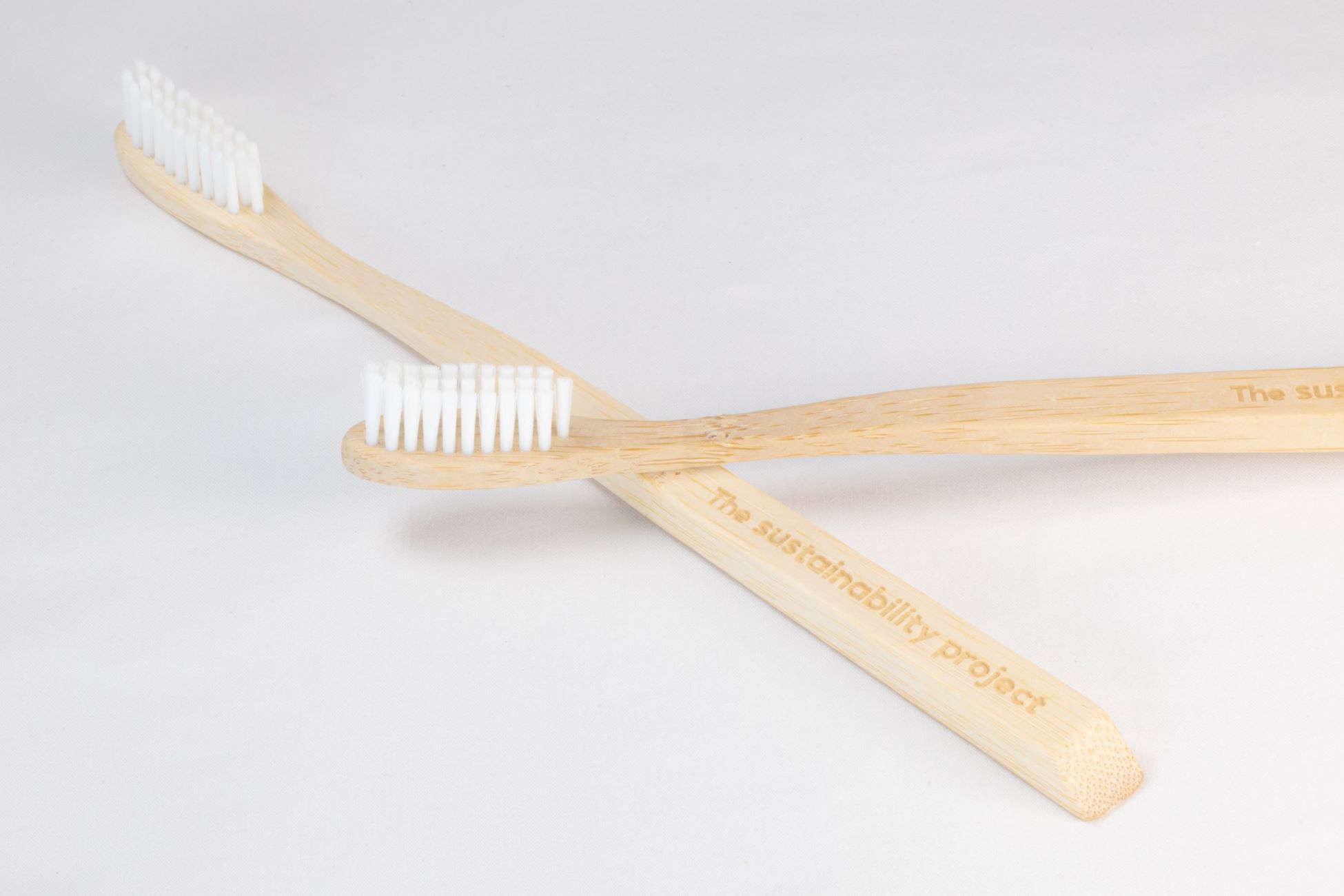
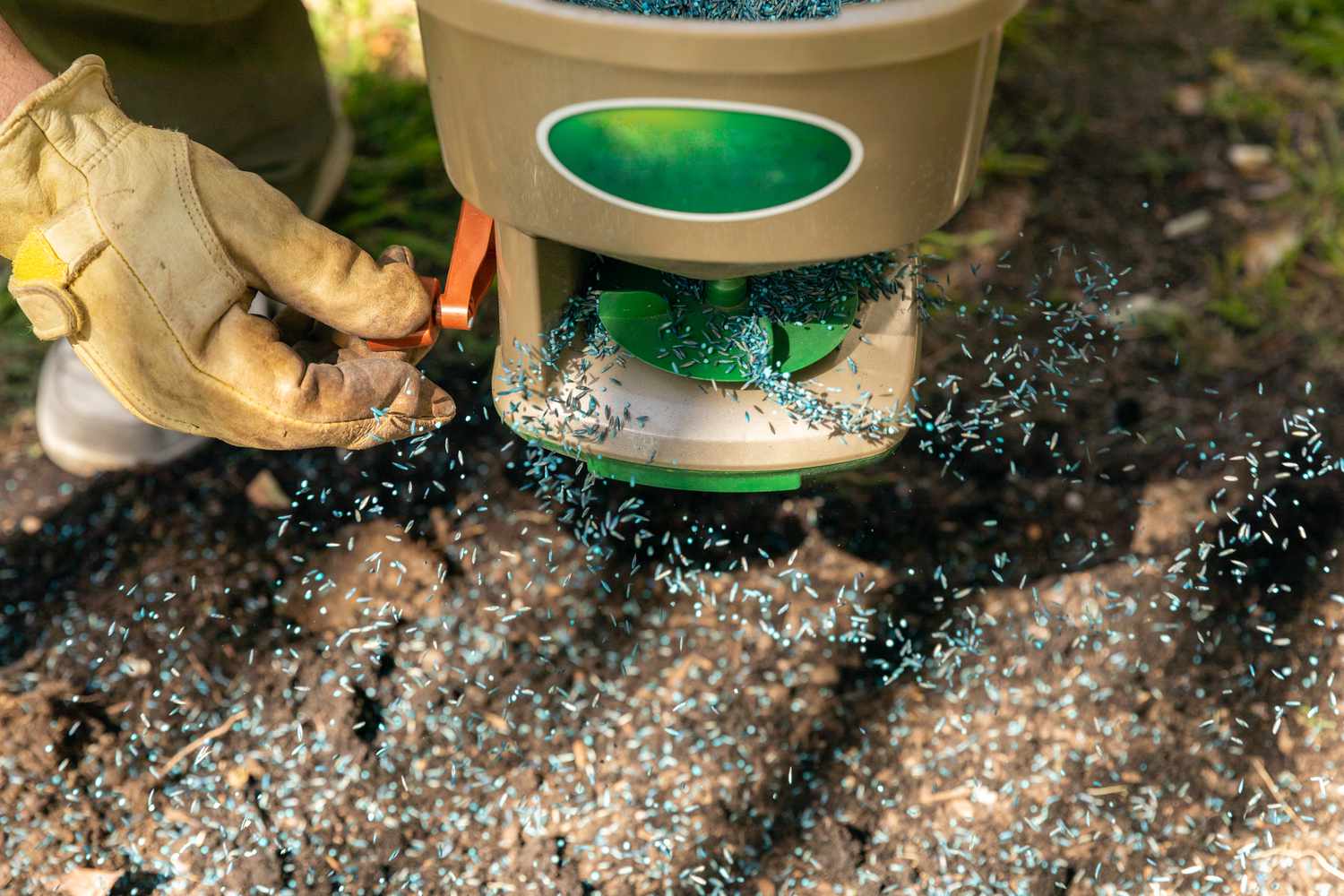
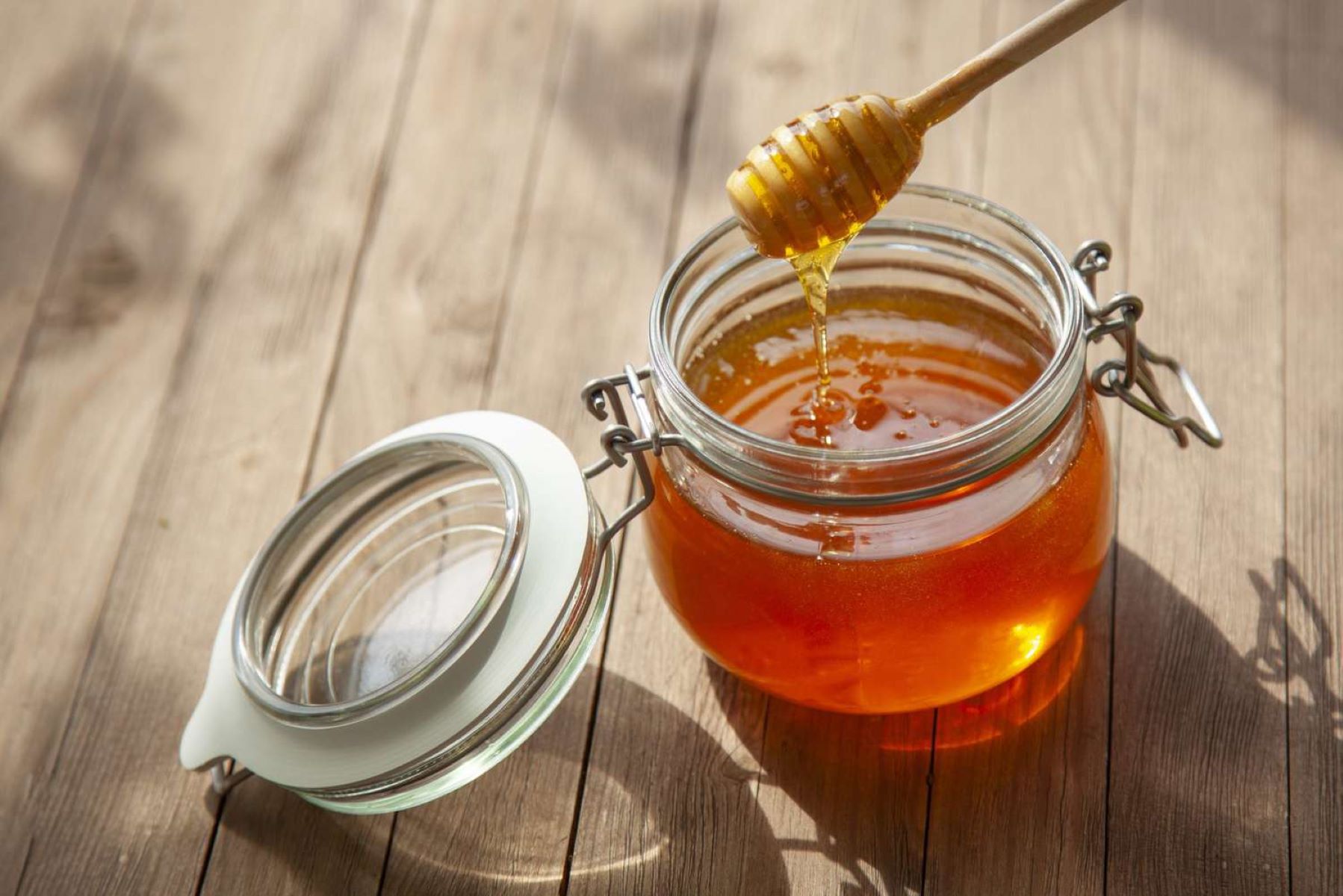
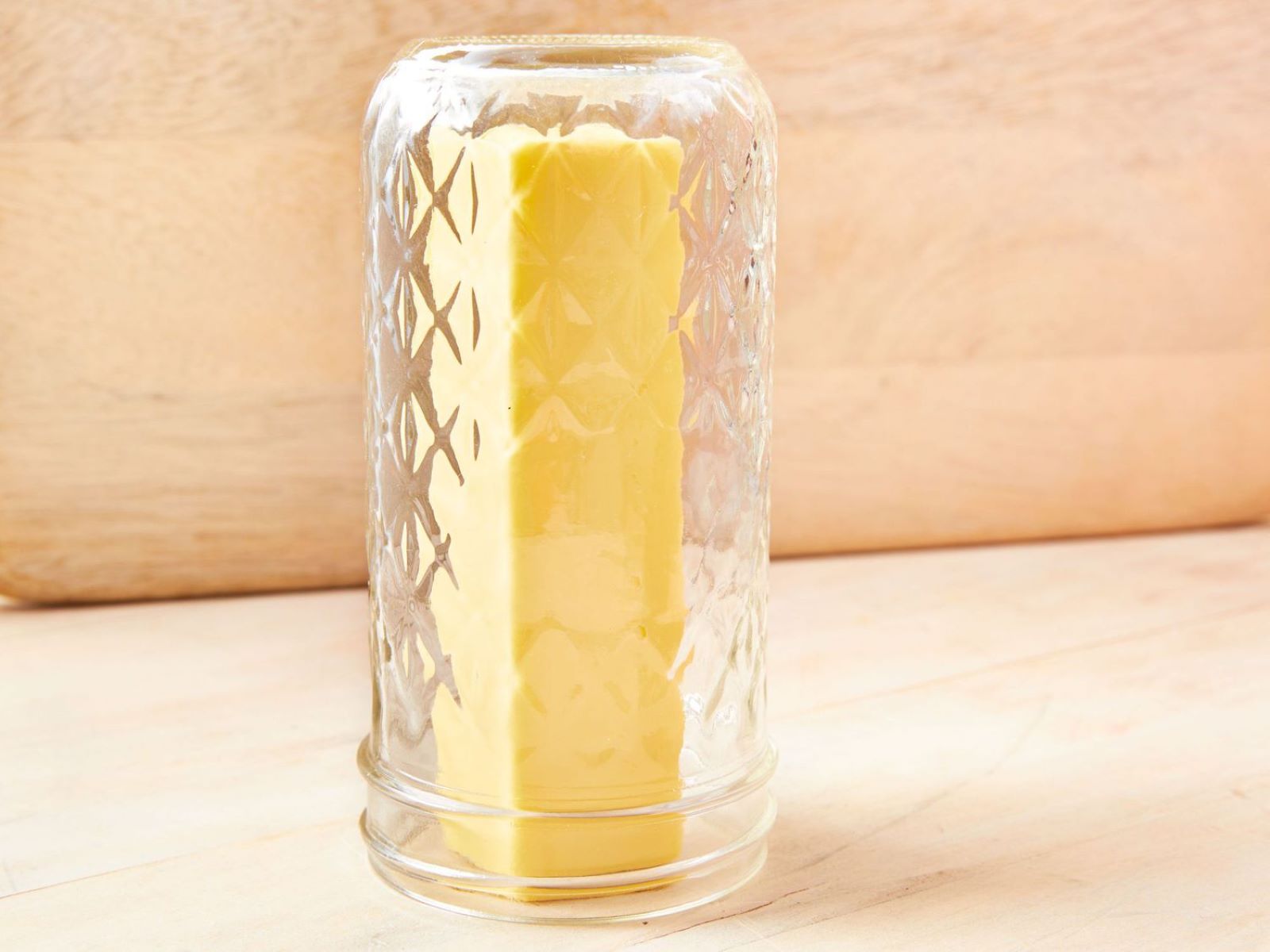
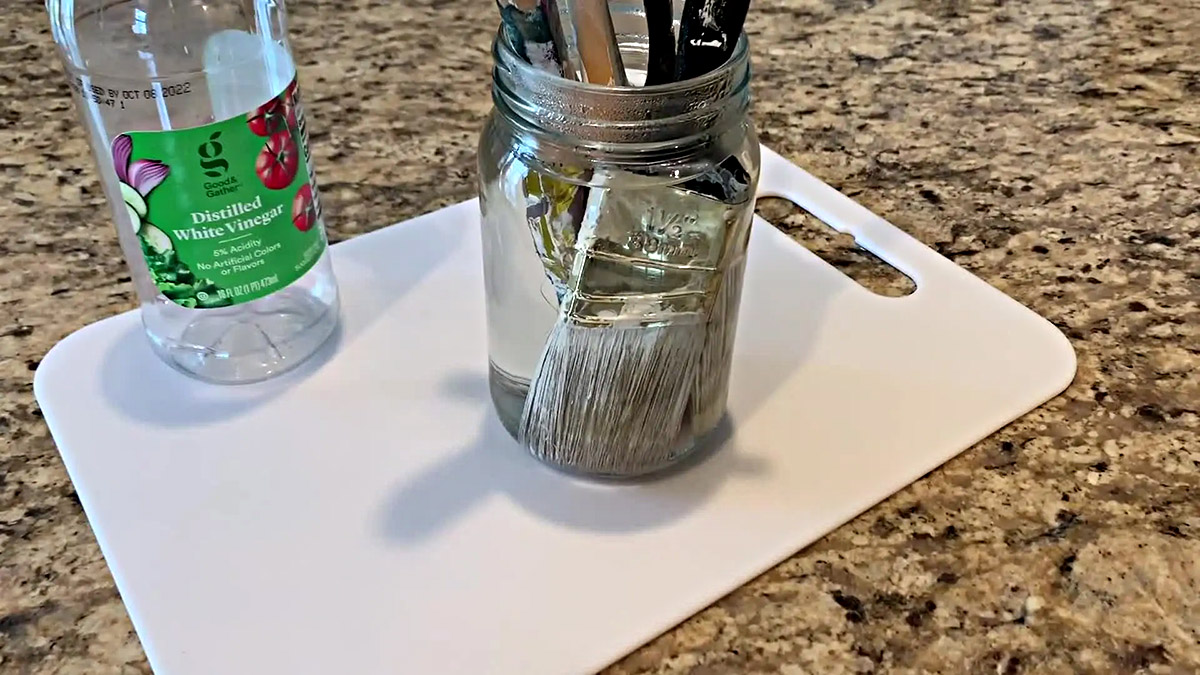

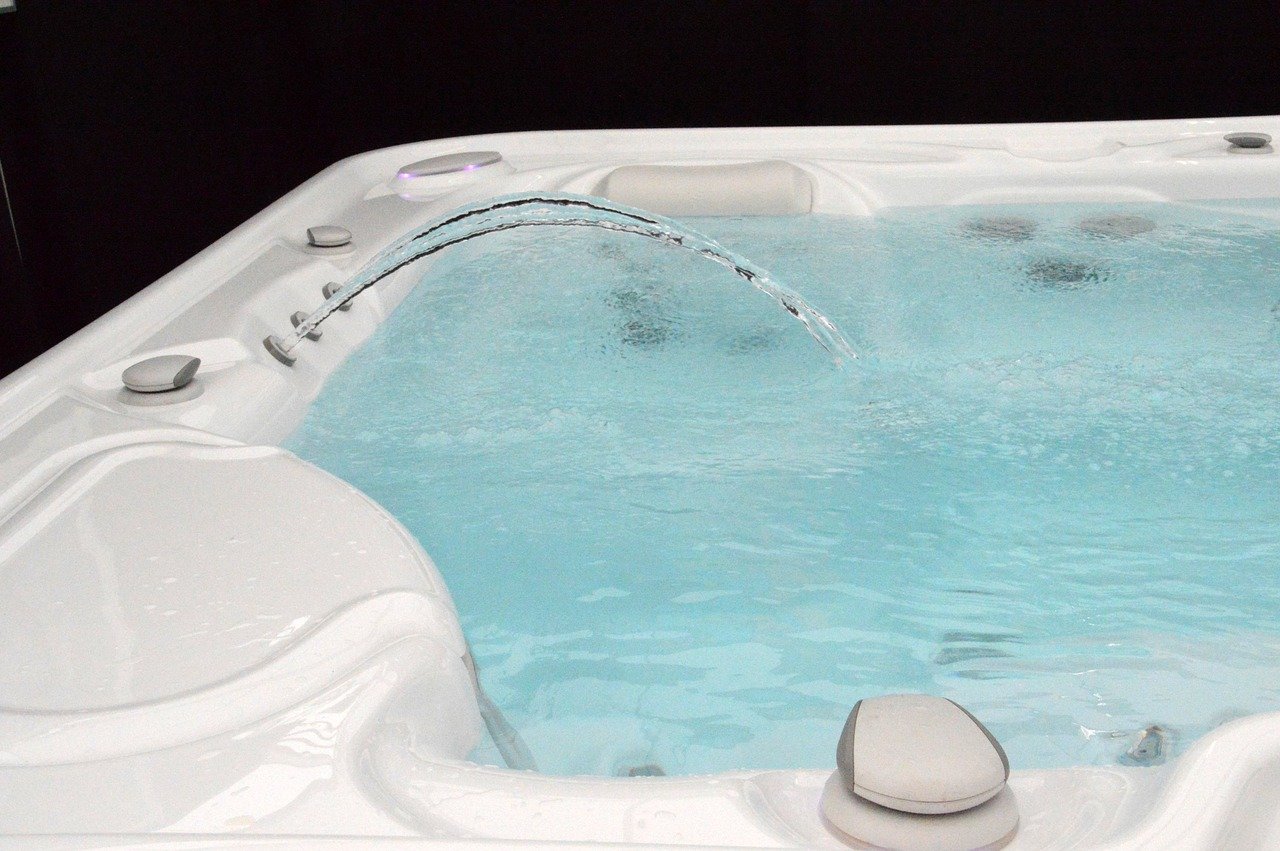
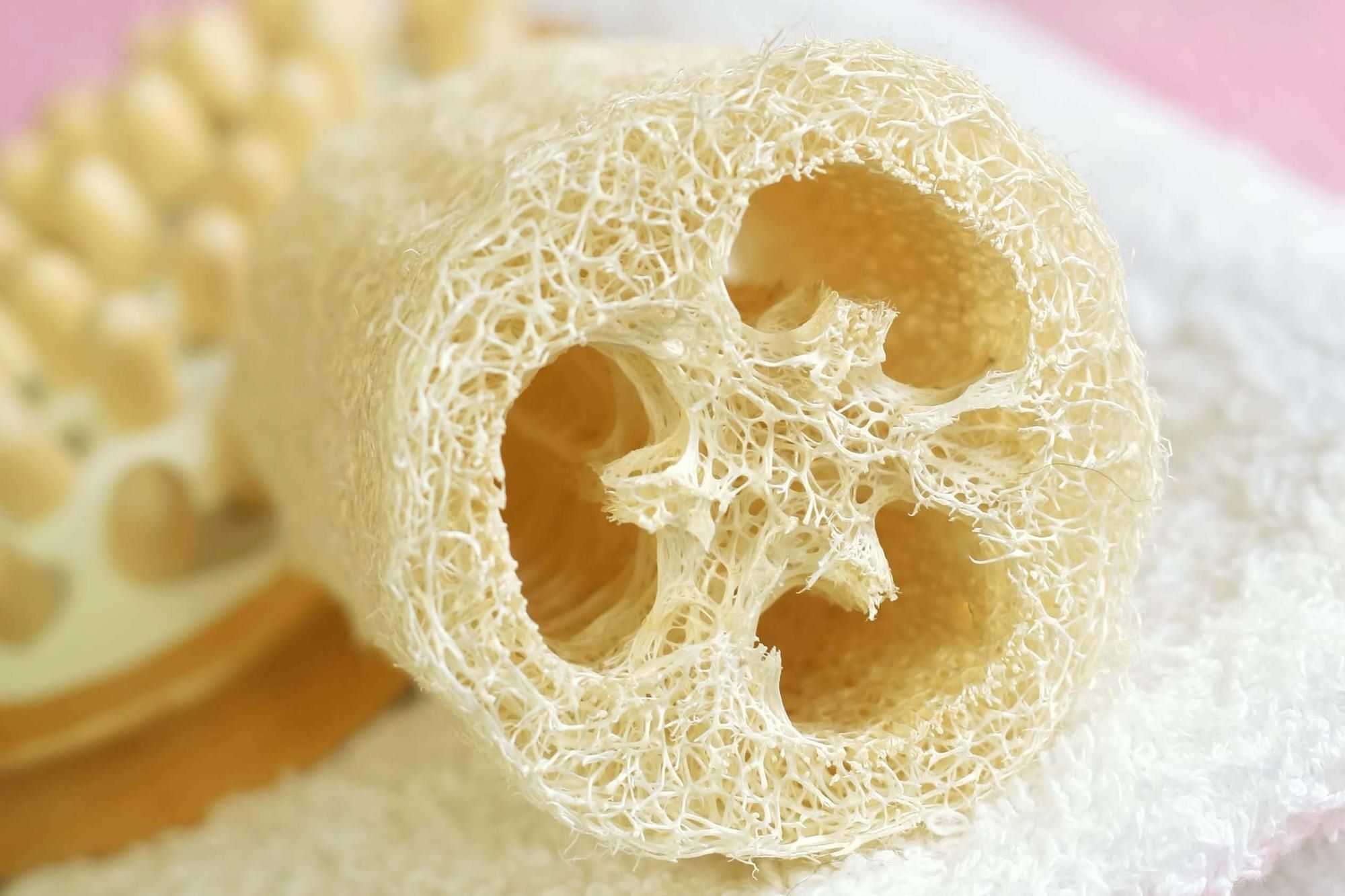
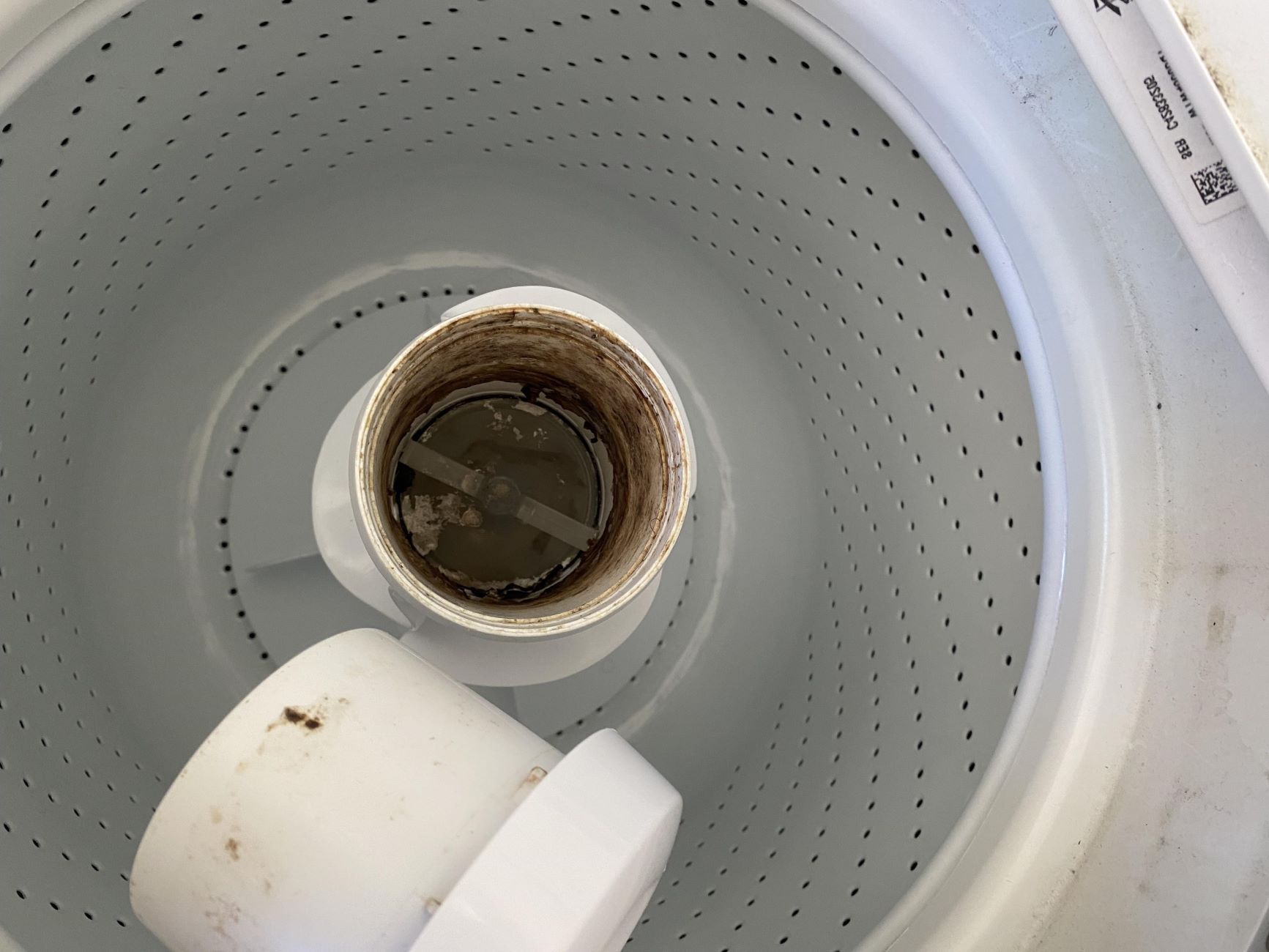
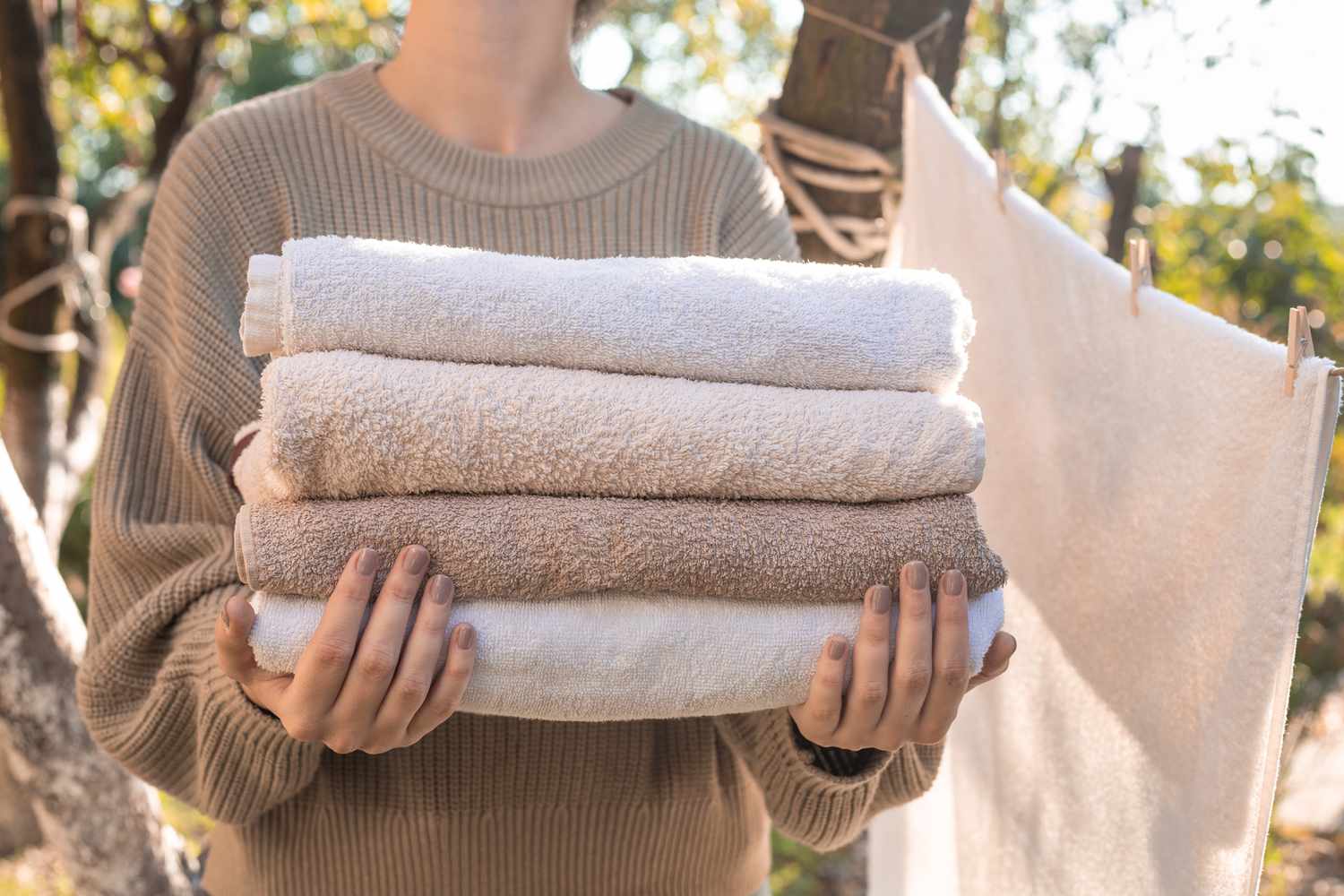
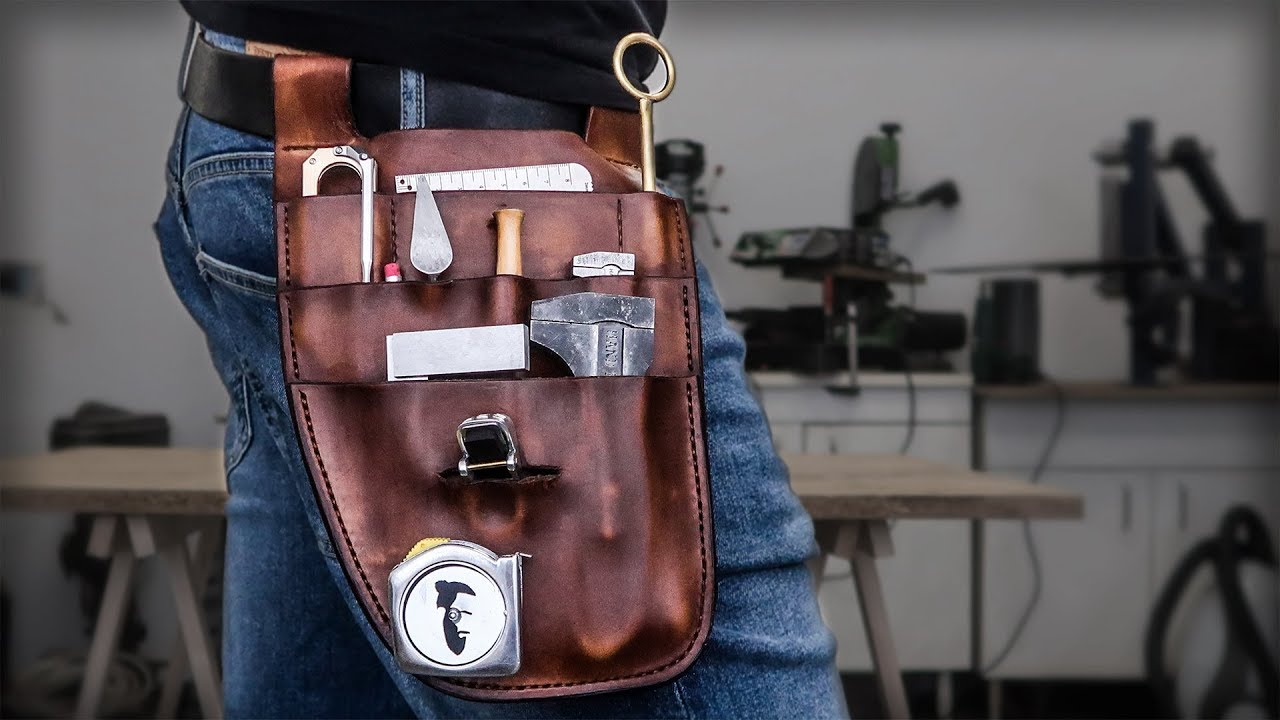
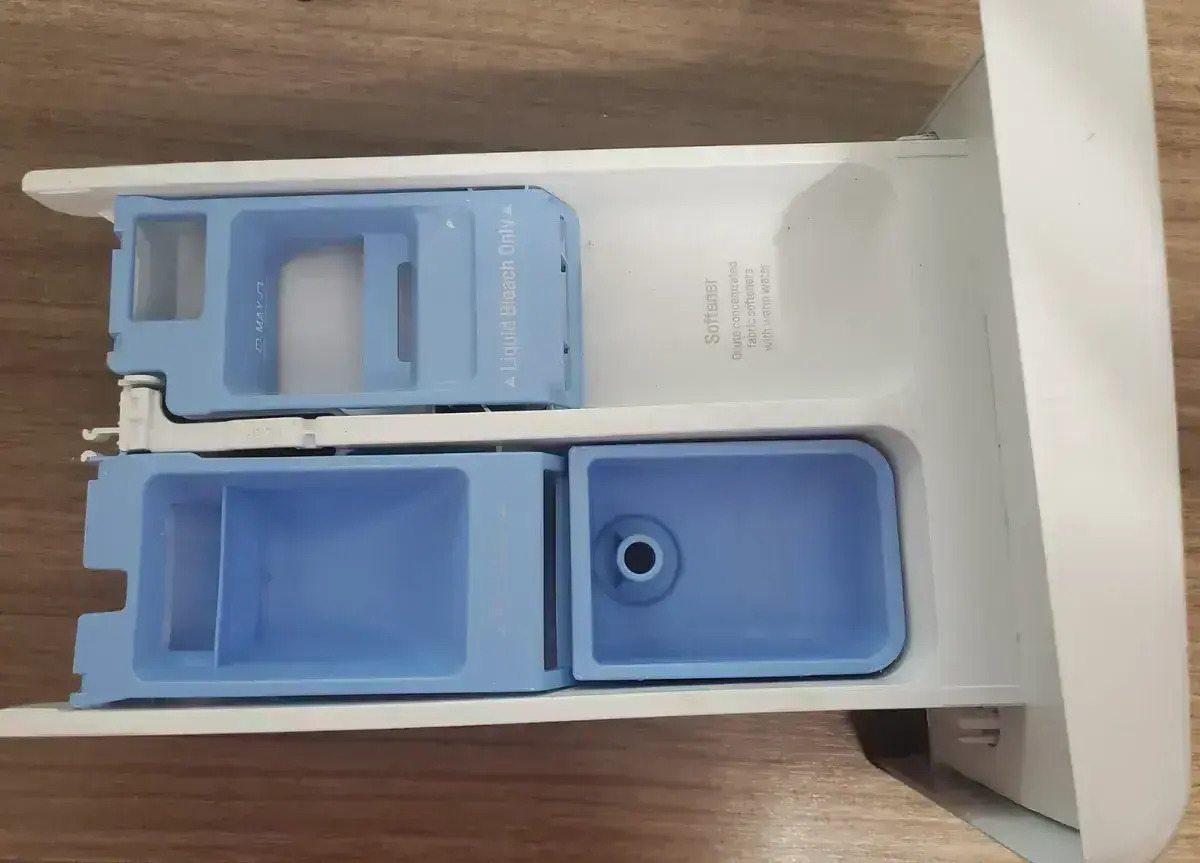

0 thoughts on “How To Soften Pillows”